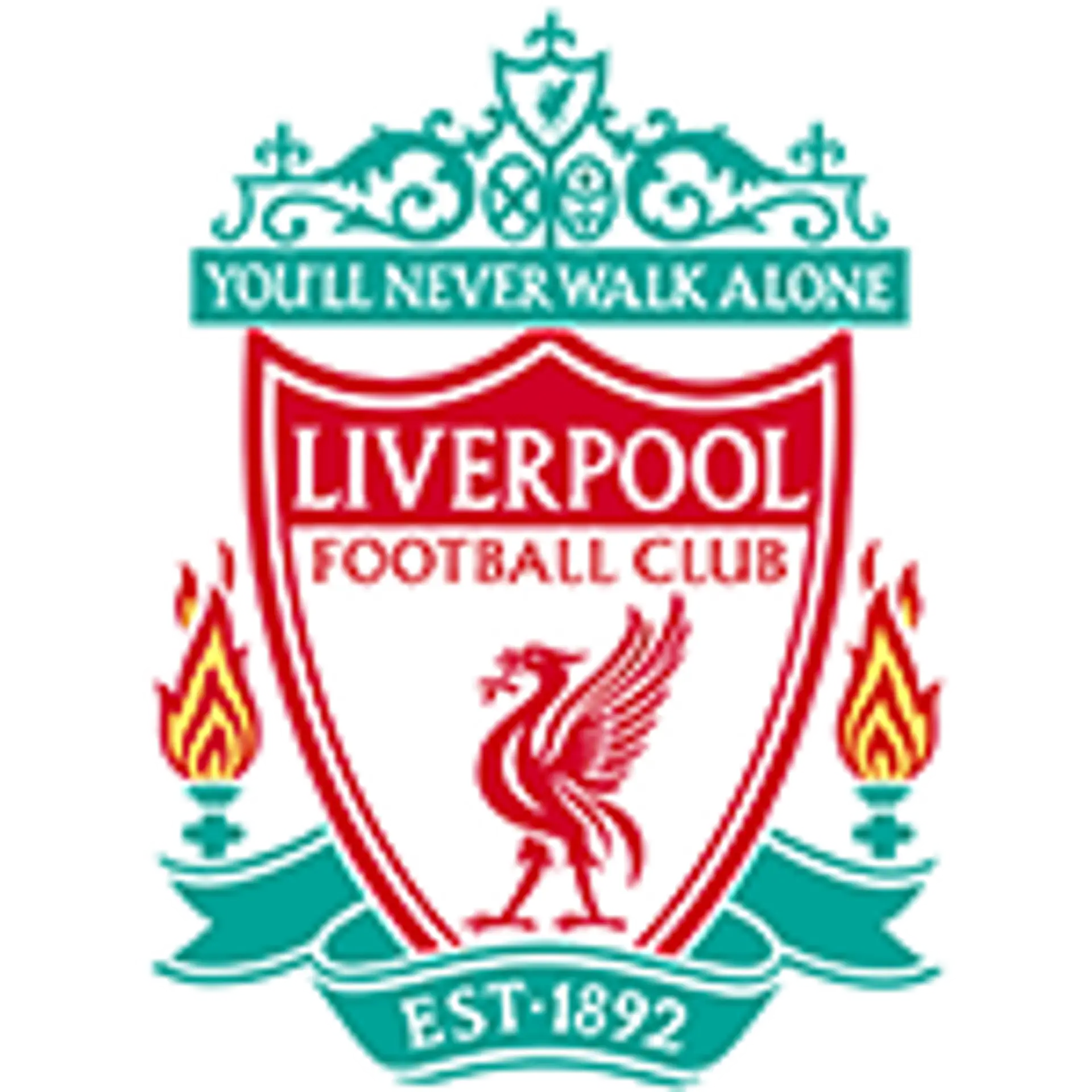68
67

April 15th, 1989 - The day of the tragedy
- The FA Cup semi-final between Liverpool and Nottingham Forest on April 15, 1989, at Hillsborough was expected to draw a crowd of 53,000 fans.
- Two standing-only central pens (pens 3 and 4) in the Leppings Lane stand were allocated to Liverpool supporters.
- Liverpool supporters with tickets for the standing terraces were to enter along Leppings Lane.
- Shortly before kick-off, the police match commander David Duckenfield ordered exit gate C opened, leading to an influx of even more supporters to the pens. He did this to avoid overcrowding, but the result was the exact opposite.
- Fans rushed into the central pens, which led to overcrowding and a deadly crush resulted, with people frantically trying to escape.
- The police never “fully activated the major incident procedure", with fans having to help others who were injured.
- At the end of it all, 96 people were killed, with another 760 injured.
The immediate aftermath and delay of justice
- In the following weeks, police fed the press false stories saying that not their own incompetence, rather the hooliganism and drunkenness by Liverpool supporters had caused the disaster.
- Four days after the disaster, Kelvin MacKenzie, editor of The Sun, ordered "The Truth" as the front-page headline, followed by three sub-headlines: "Some fans picked pockets of victims", "Some fans urinated on the brave cops" and "Some fans beat up PC giving kiss of life".
- The story accompanying The Sun headlines claimed "drunken Liverpool fans viciously attacked rescue workers as they tried to revive victims" and "police officers, firemen and ambulance crew were punched, kicked and urinated upon".
- The Taylor Report enquiry took place in 1990 which found that the wrongdoings of the police and their failure to control the crowd led to this tragedy - however, the Director of Public Prosecutions (DPP) ruled there was no evidence to justify prosecution of any individuals or institutions.
- The first coroner's inquests into the Hillsborough disaster, completed in 1991, ruled all the deaths accidental.
- Families rejected this claim and fought to have the case re-opened.
- Their struggles continued and finally, in 2009, a Hillsborough Independent Panel was formed to review the evidence.

Justice for the 96 - Never forgotten
- In 2012, the Panel found that the Taylor Report of 1990 was indeed correct, and that police were to be blamed for the events of that day.
- This led to two new investigations into the incident - Operation Resolve to look into the causes of the disaster, and by the Independent Police Complaints Commission (IPCC) to examine actions by police in the aftermath.
- In 2016, it was ruled that supporters were unlawfully killed due to grossly negligent failures by police and ambulance services to fulfil their duty of care.
- The design of the stadium and standing pens were also criticised, stating that supporters were in no way to blame for the dangerous conditions.
- In June 2017, six people were charged with offences including manslaughter by gross negligence, misconduct in public office and perverting the course of justice for their actions during and after the disaster.
- Notably, the match commander of that day Duckenfield faced 95 charges of manslaughter - he had admitted that he had lied about fans opening gate C and he also admitted that his failure to close the main tunnel leading to the central pens directly caused the deaths.
- Finally, justice had prevailed.
31 years later - the aftereffects and the memory of those lost
- Due to a result of the disaster, standing pens and terraces were banned from football grounds in the top two divisions in England.
- UEFA also banned standing areas in their competitions which led to the removal of terraces from stadiums across Europe, including the Santiago Bernabéu.
- JFT96 - Justice for the 96 is a movement aimed towards the just decision regarding the tragic deaths and the conviction of those responsible.
- After the guilty finally getting convicted after over two decades of trying, Liverpool FC jerseys have a small stamp on the back of the next which remembers the lives lost.
- The Sun reporters have been banned from Anfield and Goodison Park, whereas fans in the city and across the world have boycotted the newspaper - with some even refusing to write the name, opting to call it the S*n instead.
- The tragedy remains the worst disaster in British sports history.
- Memorials are held outside Anfield every year on the anniversary, while a "shrine" has been built outside the stadium with the names of all those lost.
- In 2014, the FA decided all FA Cup, Premier League, Football League and Football Conference matches played between 11–14 April, would kick-off seven minutes later than originally scheduled with a six-minute delay and a one-minute silence tribute.

We cannot do anything to recover the lives lost; all we can do is remember them on this day. Gone, but never forgotten.
You'll Never Walk Alone.
68
67































